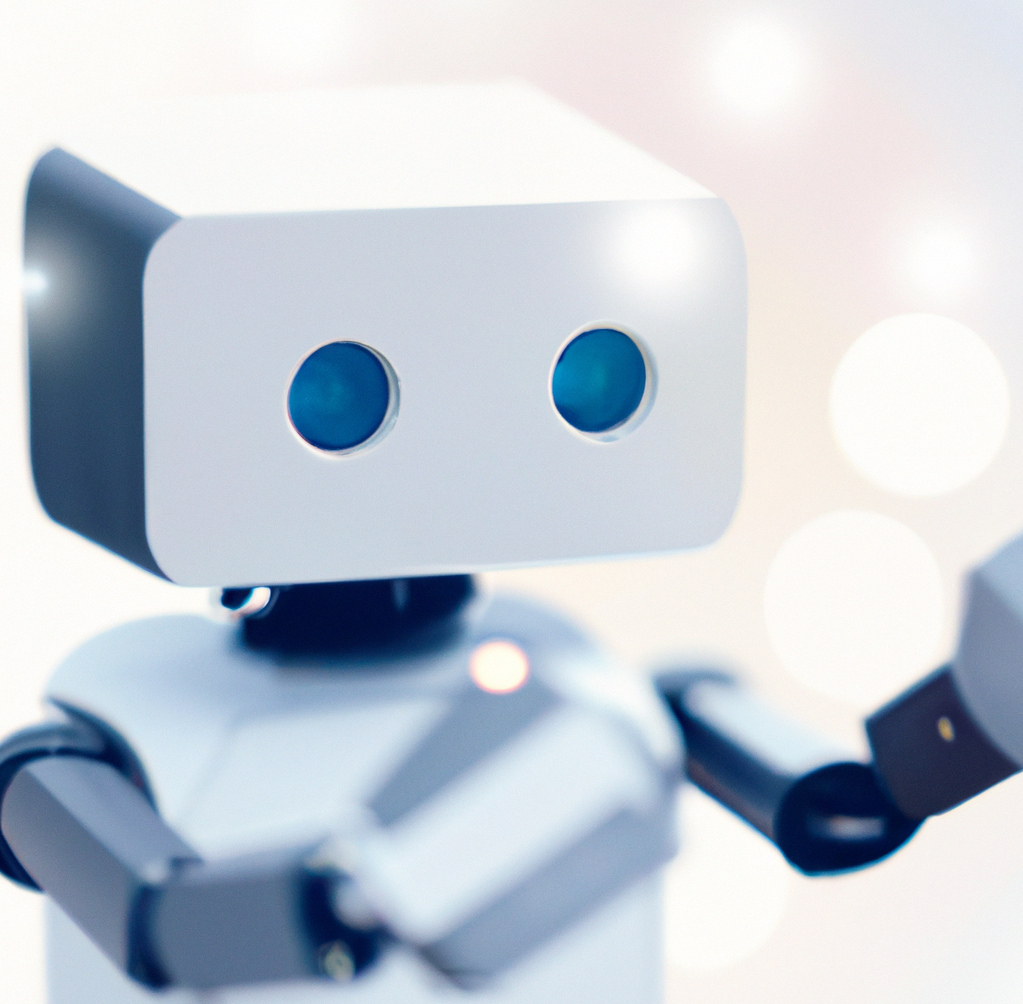As the world becomes increasingly digitized, the use of robots is becoming more prevalent. In recent years, we have witnessed the rise of companion robots that are designed to assist individuals with daily tasks, offer companionship, and provide emotional support. This trend is expected to continue in the future, as more people realize the benefits of having a companion robot.
What are Companion Robots?
Companion robots are autonomous machines designed to interact and assist with human beings. They are designed to look and act like humans, making them easy to interact with. Companion robots are programmed to perform various tasks, including monitoring an individual’s health, providing reminders, and even assisting with household chores.
Companion robots can also provide emotional support to people. They can help reduce loneliness, anxiety, and depression by providing social interactions, entertainment, and companionship. Companion robots are not just for the elderly or people with disabilities, but also for anyone who needs a companion in their daily life.
The Benefits of Companion Robots
Companion robots offer many benefits to individuals, especially those who are elderly, have disabilities, or suffer from mental health issues. These robots can provide assistance with daily tasks, such as getting dressed, preparing meals, and taking medication. Companion robots can also monitor an individual’s health, alerting them or their caregiver if there are any concerns.
Companion robots can also provide emotional support to individuals. They can help reduce loneliness by providing social interactions, entertainment, and companionship. Companion robots can also be customized to suit an individual’s needs and preferences, making them even more valuable.
The Future of Robotics
The future of robotics is exciting, and companion robots are just the beginning. As technology advances, robots will become even more prevalent in our daily lives. In the future, we can expect to see robots in various industries, such as healthcare, manufacturing, and transportation.
Robots will become more sophisticated and intelligent, able to learn and adapt to their surroundings. They will be able to communicate with humans in more natural ways, making them even easier to interact with. As robots become more prevalent, we will need to develop new laws and regulations to govern their use.
Conclusion
Companion robots are becoming more popular as people realize the benefits of having a robot companion. These robots can assist individuals with daily tasks, provide emotional support, and reduce loneliness. In the future, robots will become even more prevalent, and we can expect to see them in various industries. The rise of companion robots is just the beginning of the future of robotics.

